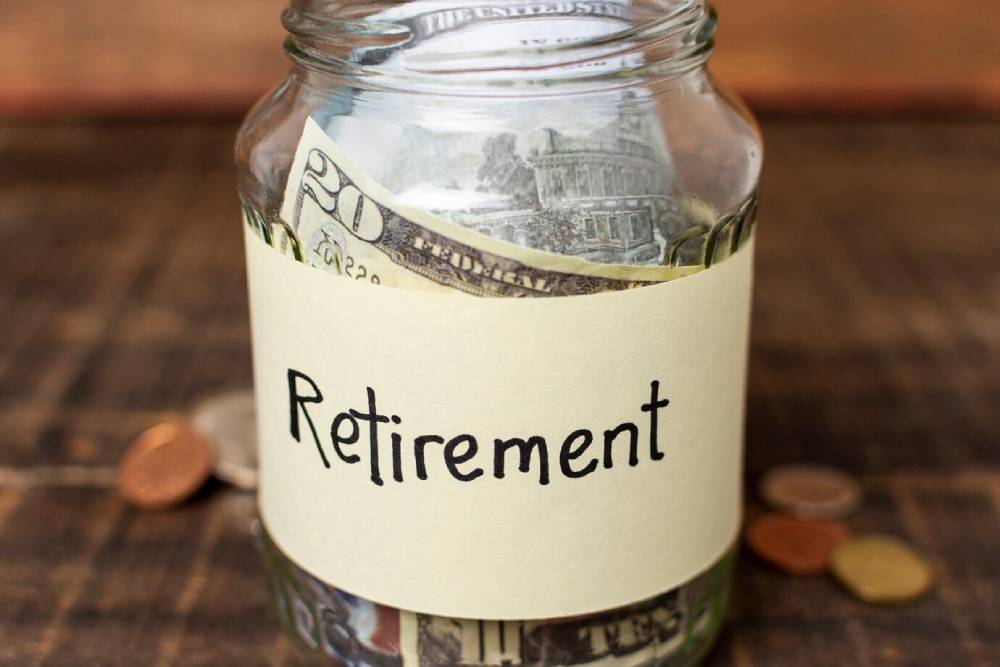
FIRE vs. Traditional Retirement: Which Path is Right for You?
Retirement planning may feel like a long road paved with years of effort and saving. Many people are embracing the FIRE movement—Financial Independence retiring early. This approach focuses on turbocharging savings and investing like a pro. The goal? To retire early, often well before the traditional retirement age beckons.
The FIRE movement is appealing for its freedom and flexibility. However, it requires financial and lifestyle sacrifices. Traditional retirement, on the other hand, offers a stable and predictable path. It also benefits from time and compounding wealth.
In this guide, we’ll look at the main differences between FIRE and traditional retirement. We’ll cover the benefits, risks, and who each approach works best for. By the end, you’ll know which path fits your financial goals and lifestyle best.
What Is the FIRE Movement?

The FIRE movement is a way to reach financial independence quickly. The goal is to save and invest aggressively. Aim for 50-70% of your income. This way, you can build an extensive portfolio. It should generate enough passive income to cover your living expenses.
Key Principles of FIRE
- Frugal Living: Reducing discretionary expenses and adopting a minimalist lifestyle.
- Aggressive Saving: Allocating a significant portion of income towards investments.
- Passive Income: Making money through stocks, real estate, or businesses without direct work.
- Early Retirement: You can leave work in your 30s or 40s. It depends on how much you save.
FIRE Variations
The FIRE movement has evolved into several subcategories:
- Lean FIRE: Retiring with a modest lifestyle and minimal expenses.
- Fat FIRE: Retiring early with a higher-income lifestyle, often requiring a more extensive portfolio.
- Barista FIRE: Leaving full-time work but maintaining a part-time or side income for stability.
- Coast FIRE: Get to financial independence early and keep working without saving any more.
What Is Traditional Retirement?
Traditional retirement means working until your mid-60s and then leaving your job. It often means investing money in pension plans, retirement accounts, and long-term investments as you earn.
Key Principles of Traditional Retirement
- Long-Term Career: Working for 30-40 years, gradually building wealth.
- Save Moderately: Set aside 10-20% of your yearly income. This builds wealth through compounding growth over time.
- Pension and Benefits: Use state pensions, workplace pensions, and personal savings to support your income after you retire.
- Delayed Leisure: Retiring at the standard age (usually 65 or later) to enjoy leisure time.
Comparing FIRE and Traditional Retirement
1. Financial Requirements
FIRE and traditional retirement both need disciplined savings. However, their timelines and intensity differ a lot.
FIRE
- Savings Rate: Requires an aggressive savings rate of 50-70% of your income.
- Investment Goal: The 4% rule says you can take out 4% of your portfolio annually. This way, you won’t run out of money.
- Example: If you need £40,000 annually in retirement, you’ll need a portfolio of £1 million to achieve FIRE.
- Timeframe: Achievable in 10-20 years, depending on income and expenses.
Traditional Retirement
- Savings Rate: Requires a moderate savings rate of 10-20% of your income.
- Investment Goal: Typically aims for a retirement fund 20-25 times your annual expenses.
- Example: For £40,000 in annual expenses, you’ll need a portfolio of £800,000-£1 million, but you’ll have 30-40 years to build it.
- Timeframe: Achievable by 65-70 years old.
2. Lifestyle and Spending Habits
Your lifestyle choices greatly influence the retirement path that fits you best.
FIRE
- Frugality: Often requires cutting expenses significantly during your working years.
- Minimalism: Prioritises living below your means, often giving up luxuries.
- Freedom: Offers the flexibility to pursue passions or travel early in life.
- Potential Sacrifices: This may involve delaying significant purchases, downsizing, or living in lower-cost areas.
Traditional Retirement
- Balanced Lifestyle: Allows for a more comfortable lifestyle during your working years.
- No Extreme Sacrifices: You can enjoy more luxuries while saving for retirement.
- Stable Spending: Gradual accumulation of wealth enables a more consistent lifestyle.
- Post-Retirement Freedom: You enjoy leisure activities after reaching standard retirement age.
3. Investment Strategies

Both paths rely on long-term investments, but the approach varies.
FIRE
- Aggressive Investing: Prioritises high-growth assets like equities and real estate.
- Index Funds: Many FIRE adherents use low-cost index funds for broad-market exposure.
- Real Estate: Investing in rental properties for passive income is shared.
- Tax Efficiency: Heavy use of tax-advantaged accounts to shelter investments from taxes.
Traditional Retirement
- Conservative Growth: Follows a more moderate investment strategy, balancing growth and risk.
- Diversification: Uses a mix of stocks, bonds, and pension accounts.
- Long-Term Planning: Gradual wealth accumulation over decades.
- Professional Management: Often involves financial advisors or pension fund managers.
4. Risks and Challenges
Both retirement approaches carry risks and potential drawbacks.
FIRE Risks
- Market Volatility: If you retire early, you have a longer time to invest. This makes you more exposed to market ups and downs.
- Lifestyle Inflation: After retiring early, you may struggle to maintain frugal habits.
- Healthcare Costs: Early retirees might have higher healthcare costs before receiving state benefits.
Traditional Retirement Risks
- Longevity Risk: You might outlive your savings. This is more likely if you retire later and live longer.
- Rising Costs: Inflation and healthcare costs may erode your purchasing power.
- Work Dependency: Longer work years can cause burnout and lower quality of life.
Which Retirement Path Is Right for You?
Choose FIRE if You:
- Value freedom and flexibility over luxury.
- Are willing to make lifestyle sacrifices to retire early.
- Have a high income and disciplined savings habits.
- Enjoy managing your investments and financial planning.
Choose Traditional Retirement if You:
- Prefer financial stability and security over early retirement.
- Want to enjoy a more comfortable lifestyle while working?
- Are you content with retiring in your mid-60s?
- Prefer a moderate savings rate with gradual wealth accumulation.
Conclusion

FIRE and traditional retirement provide different paths to financial independence. Each has its benefits and drawbacks. The best choice depends on your financial goals, lifestyle, and risk tolerance.
Live frugally and save wisely. The FIRE movement can guide you to early financial freedom. If you prefer balance, traditional retirement offers stability and comfort as you age. Whichever path you take, plan carefully. Invest wisely and save consistently. These steps will help ensure a successful and enjoyable retirement.